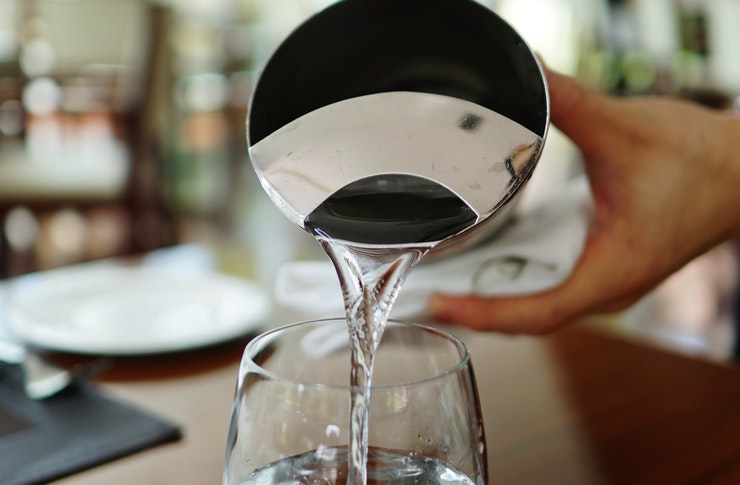Reusable Bottles: Materials, Use, and Care
Choosing and using a reusable bottle is a simple way to reduce single-use plastic, stay hydrated, and carry beverages with confidence. Reusable bottles come in many shapes, sizes, and materials — from lightweight plastics to durable stainless steel — and each option has trade-offs for weight, insulation, cleaning, and longevity. This article explains key features to consider, how different bottle types perform in everyday use, and practical care tips so a single water bottle or insulated model serves you well for years.

bottle
A bottle is the basic container for carrying liquids, and choosing the right one depends on how you use it. Consider capacity (250–1000+ ml), lid type (screw, flip, straw), and weight. Lightweight bottles suit runners and cyclists, while larger volumes fit long commutes or outdoor trips. Materials matter: glass is inert and tastes clean but can break; certain plastics are light and inexpensive but may degrade over time; stainless steel is durable. Look for bottles with wide mouths for easy filling and cleaning or narrow mouths for spill control. Evaluate ergonomics and whether the bottle fits cup holders or backpacks.
water bottle
A water bottle is primarily for hydration, and small design choices affect how often you’ll use it. Mouth opening affects drinking flow and the ability to add ice. Leakproof seals and secure lids prevent spills when carried in bags. Some water bottles include built-in filters or hydration markers, useful for tracking intake. Consider how easy the bottle is to open one-handed if you’ll drink while exercising. Materials and internal coatings influence flavor retention — clean any bottle regularly to avoid off tastes and microbial growth. A reliable water bottle should be easy to clean and comfortable to drink from throughout the day.
reusable bottle
A reusable bottle reduces waste compared with single-use containers, but environmental benefits depend on longevity and materials. Reusable bottle production has a higher upfront footprint than disposable bottles, so repeated use is necessary to offset that impact. Select a reusable bottle made from durable, recyclable materials and use it consistently. Cleanability, repairability (replacement lids or parts), and recyclable end-of-life options matter. Washing frequency, proper drying, and avoiding prolonged storage of sugary drinks all extend a reusable bottle’s usable life. Choosing a bottle you enjoy carrying increases the chance you’ll use it instead of disposable alternatives.
stainless steel bottle
Stainless steel bottles are popular for durability and neutrality of taste. A stainless steel bottle resists impact, doesn’t retain flavors, and is typically BPA-free. Many are made from 18/8 food-grade stainless steel; those specifications indicate corrosion resistance and safety for repeated use. Single-walled stainless steel bottles are lighter but conduct heat, while double-walled designs reduce condensation and offer some insulation. Check for powder-coated or brushed finishes for grip and scratch resistance. When using a stainless steel bottle, avoid leaving highly acidic or salty liquids for long periods to minimize potential metal effects, and always follow manufacturer cleaning recommendations.
insulated bottle
An insulated bottle keeps beverages hot or cold by using vacuum or layered insulation. Insulated bottles are helpful for coffee, tea, or cold drinks during long commutes or outdoor activities because they maintain temperature for hours. Vacuum-insulated models typically outperform foam or air-gap designs; look for specifications describing temperature retention times if needed. Insulated bottles can be heavier and may have narrower openings that limit adding ice. If carrying hot liquids, ensure the lid seals securely and consider safety features to prevent accidental opening. Regular cleaning is important because insulation can trap odors if not rinsed and dried properly.
In summary, reusable bottles span a wide range of designs and materials, and the best choice depends on your daily habits: whether you prioritize weight, temperature control, durability, or ease of cleaning. Paying attention to mouth size, lid type, and construction material will help you pick a bottle you’ll actually use. Proper care — regular washing, drying, and replacing worn seals or lids — extends the life and performance of any water bottle, stainless steel bottle, or insulated bottle, maximizing both convenience and environmental benefit.






